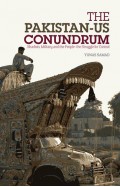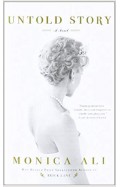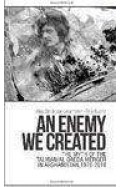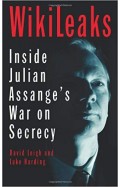Selling Hitler: Propaganda and the Nazi Brand -
By: Jean-Pierre Filiu
-
Rs 2,887.50
- Rs 3,850.00
- 25%
You save Rs 962.50.
Due to constant currency fluctuation, prices are subject to change with or without notice.
| Book | |
| What's in the Box? | 1 x Selling Hitler: Propaganda and the Nazi Brand - |
Selling Hitler: Propaganda and the Nazi Brand -
By: Jean-Pierre Filiu
Rs 2,887.50 Rs 3,850.00 Ex Tax :Rs 2,887.50
The Arab Revolution: Ten Lessons from the Democratic Uprising
By: Jean-Pierre Filiu
Rs 932.25 Rs 1,695.00 Ex Tax :Rs 932.25
The Circassian The Life of Esref Bey, Late Ottoman Insurgent and Special Agent
By: Jean-Pierre Filiu
Rs 2,887.50 Rs 3,850.00 Ex Tax :Rs 2,887.50
Zubin Mehta: A Musical Journey (An Authorized Biography)
By: VOID - Bakhtiar K. Dadabhoy
Rs 472.50 Rs 1,050.00 Ex Tax :Rs 472.50
The Origins of Political Order From Prehuman Times to the French RevolutioN
By: Francis Fukuyama
Rs 3,505.50 Rs 3,895.00 Ex Tax :Rs 3,505.50
Manning Up: How the Rise of Women Has Turned Men into Boys
By: Kay Hymowitz
Rs 646.75 Rs 995.00 Ex Tax :Rs 646.75
The Obama Syndrome: Surrender At Home War Abroad
By: Tariq Ali
Rs 1,165.50 Rs 1,295.00 Ex Tax :Rs 1,165.50
The Quest For Meaning: Developing A Philosophy Of Pluralism
By: Tariq Ramadan
Rs 1,255.50 Rs 1,395.00 Ex Tax :Rs 1,255.50
The Pakistan US Conundrum Jihadists The Military And The People The Struggle For Control
By: Yunas Samad
Rs 1,255.50 Rs 1,395.00 Ex Tax :Rs 1,255.50
An Enemy We Created: The Myth Of The Taliban Al Qaeda Merger In Afghanistan 19702010
By: Alex Strick van Linschoten
Rs 3,412.50 Rs 5,250.00 Ex Tax :Rs 3,412.50
WikiLeaks: Inside Julian Assanges War on Secrecy
By: David Leigh & Luke Harding
Rs 552.50 Rs 850.00 Ex Tax :Rs 552.50
No similar books from this author available at the moment.
No recently viewed books available at the moment.
Zubin Mehta: A Musical Journey (An Authorized Biography)
By: VOID - Bakhtiar K. Dadabhoy
Rs 472.50 Rs 1,050.00 Ex Tax :Rs 472.50
Selling Hitler: Propaganda and the Nazi Brand -
By: Jean-Pierre Filiu
Rs 2,887.50 Rs 3,850.00 Ex Tax :Rs 2,887.50
The Arab Revolution: Ten Lessons from the Democratic Uprising
By: Jean-Pierre Filiu
Rs 932.25 Rs 1,695.00 Ex Tax :Rs 932.25
The Circassian The Life of Esref Bey, Late Ottoman Insurgent and Special Agent
By: Jean-Pierre Filiu
Rs 2,887.50 Rs 3,850.00 Ex Tax :Rs 2,887.50












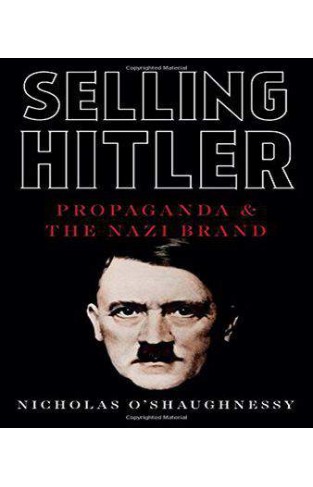
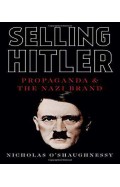

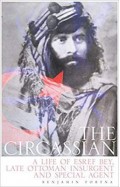

-120x187.jpg?q6)





-120x187.jpg?q6)



-120x187.jpg?q6)
